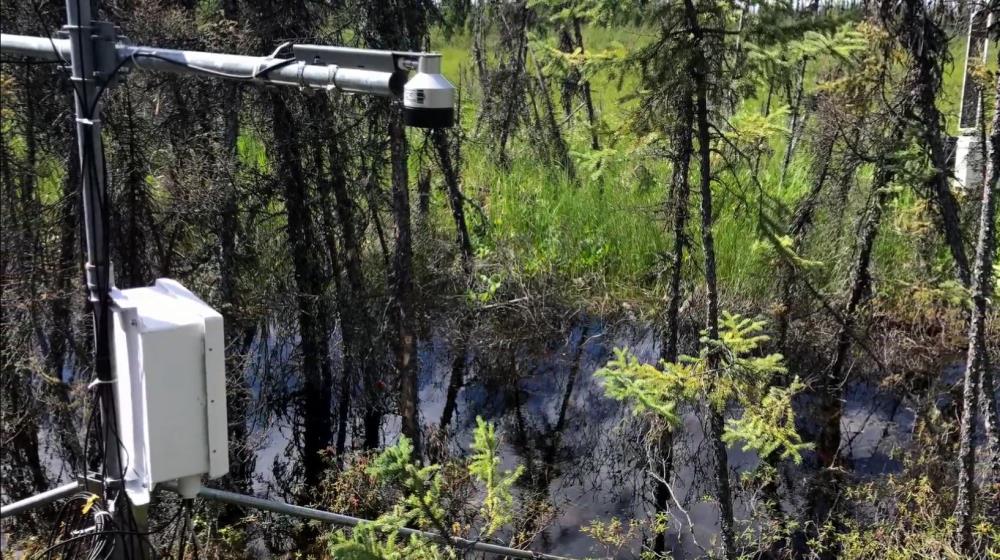
Related items loading ...
Section 1: Publication
Publication Type
Conference Presentation
Authorship
Radosavljevic, J., Slowinski, S., Rezanezhad, F., Shafii, M., Akbarzadeh, Z., Withers, W., Van Cappellen, P.
Title
Road Salt: A Growing Threat to Cold Climate Urban Lakes
Year
2022
Publication Outlet
In Fall Meeting 2022. AGU
DOI
ISBN
ISSN
Citation
Radosavljevic, J., Slowinski, S., Rezanezhad, F., Shafii, M., Akbarzadeh, Z., Withers, W., Van Cappellen, P. (2022) Road Salt: A Growing Threat to Cold Climate Urban Lakes. In Fall Meeting 2022. AGU.
https://agu.confex.com/agu/fm22/meetingapp.cgi/Paper/1062657
Abstract
Excessive use of deicers to maintain safe roads during winter is causing salinization of freshwater lakes in cold regions worldwide, with far-reaching implications for human and aquatic ecosystem health. We investigated 20 years (2001-2020) of lake water chemistry data, changes in land cover, and changes in road salt management practices to assess the impact of the use of road salts on the water quality of Lake Wilcox (LW, southern Ontario, Canada). The lake’s watershed has undergone a continued conversion from agricultural to urban land-use since the late 1950s. Time series trend analysis indicates that there has been a significant increase in sodium, chloride, calcium, magnesium, and dissolved inorganic carbon concentrations in LW over the past 20 years. In addition, water chemistry time series indicate that the water chemistry type changed from mixed (SO42--Cl--Ca2+-Mg2+) to sodium-chloride (Na+-Cl-) due to the divergent trajectories of the dissolved ion inputs to LW. As a result of salinization, LW has experienced enhanced eutrophication symptoms due to the intensification of water column stratification, more anoxia, and more internal phosphorus loading in the lake. LW is also experiencing a delay in the start of fall turnover water mixing. To make predictions about how future salt management scenarios in the watershed would impact water column salt ion concentrations and, in turn, the lake’s mixing regime, a simple lake chloride model was developed. The theoretical salinity threshold at which LW would no longer be able to overturn was estimated to be 1.63 g kg-1, while the model predicts that LW could reach this salinity threshold for meromixis by the year 2045 if the current annual increases in salt loads are not reduced. Our research should inform management about a largely overlooked issue, and it points out that stricter controls on road salt application rates are needed to maintain lake ecosystem health in urbanizing watersheds. Our study also highlights the need for additional research about the impact of salinization on aquifers in urban areas, especially when salinization could be a threat to local drinking water supplies, and could act as an ongoing legacy source of salt to downstream ecosystems.
Plain Language Summary


 GWFNet
GWFNet Master
Master Data
Data Research
Research Map
Map
 Advanced
Advanced Tools
Tools
 . . .
. . .
 Metadata Editor
Metadata Editor
 Record List
Record List
 Alias List Editor
Alias List Editor
 Legacy sites
Legacy sites